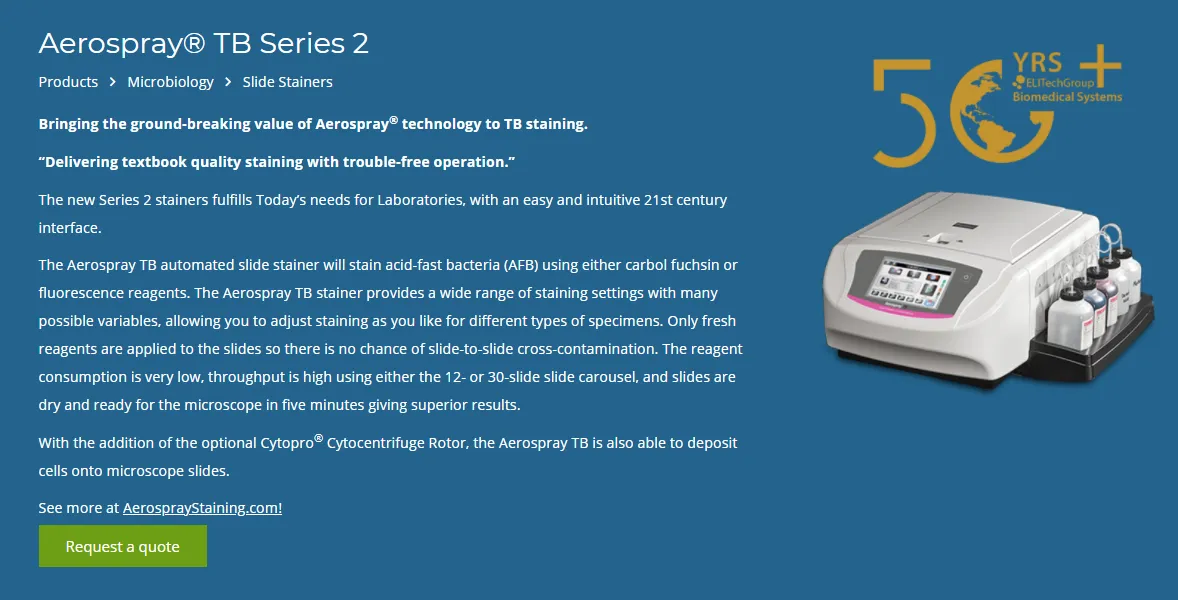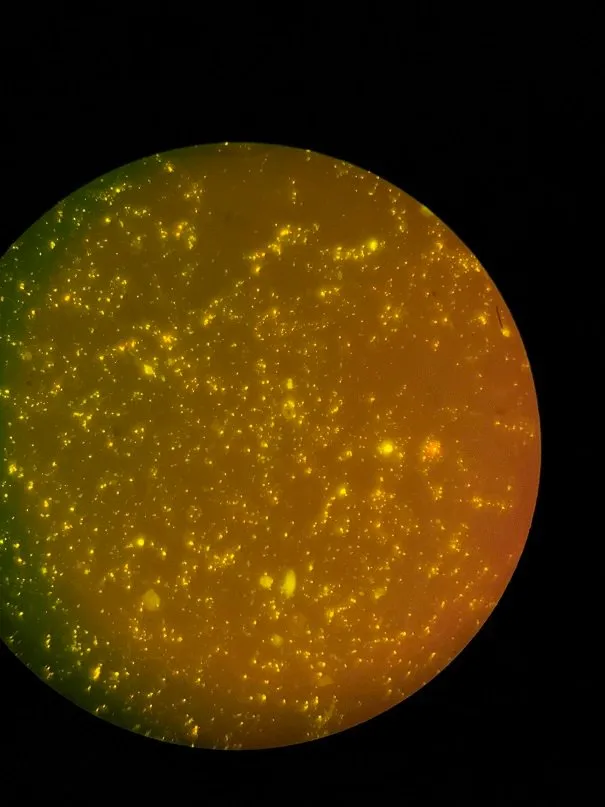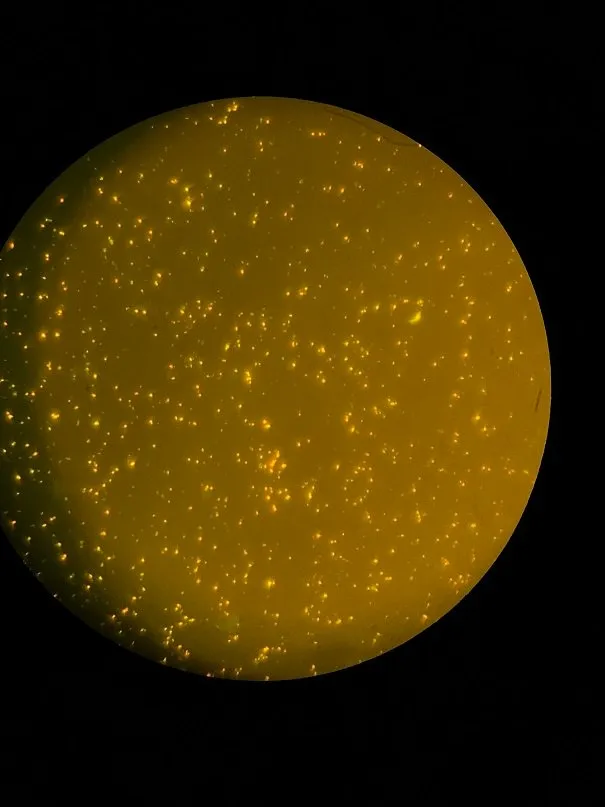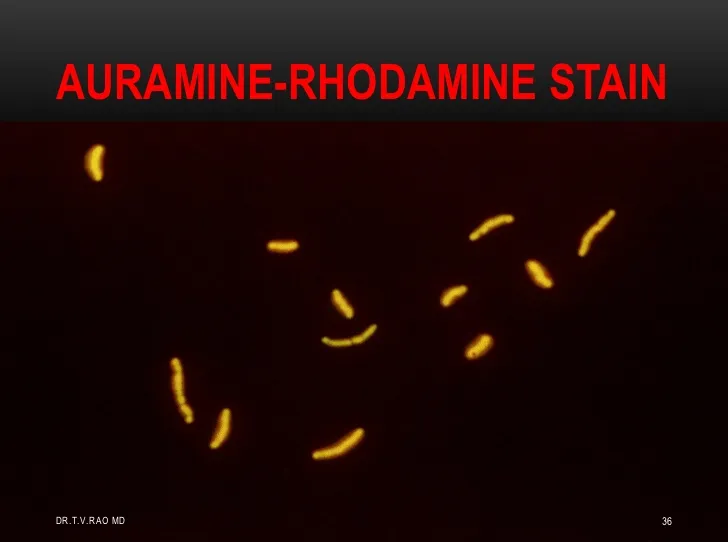It would appear the automatic acid fast staining machine is no longer operational. Such is work at a high volume lab. The machines are bound to break in time. And this stainer from ELITechGroup has gotten a lot of mileage in its lifetime.

With the machine down, there has been a debate to whether the department should replace it. The main argument lies on the quality of the slides. Some felt that the auto-stainer produced less quality slides than manual methods. To give you an idea, here are two pictures I took of each method.


The top picture is of the machine. The bottom is by hand. Those are QC slides from Alpha-Tec. It's unfortunate the iPhoneXR's camera can't do fluorescent slides justice. The phone could not capture the details as well as I would have liked. But, you can see there are some differences between the slides.
The machine-stained slides tend to have more noise in the field. By noise, I meant more debris reflecting light and obstructing your view. To me, it's a nuisance and doesn't actually affect how you interpret the slide. After all, what we are looking for are these guys.

Source
Putting that into perspective, I hope you see why I said the phone didn't do a great job.
Why is this important?
The acid fast bacillus stain (AFB stain) is how the lab determines if acid fast organisms are present. There's always a preliminary stain for when the patient sample is first processed. Then, when the culture has positive growth, it's used to determine the culture's purity. We determine purity in conjunction with gram stains. Susceptibility testing is only possible with pure, isolated, culture.
In short, having a clearer field of view is helpful for proper diagnosis. At the same time, an experienced personnel shouldn't have problems sifting through noise.
What would you do as a lab supervisor? Would you get another machine? Or, would you force your crew through the manual method when you have high volume?